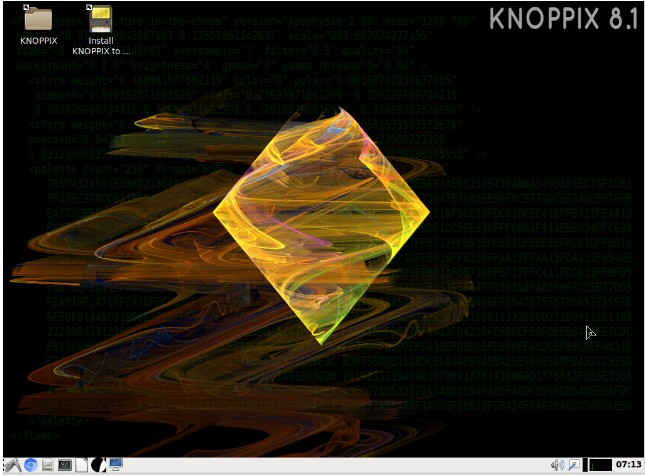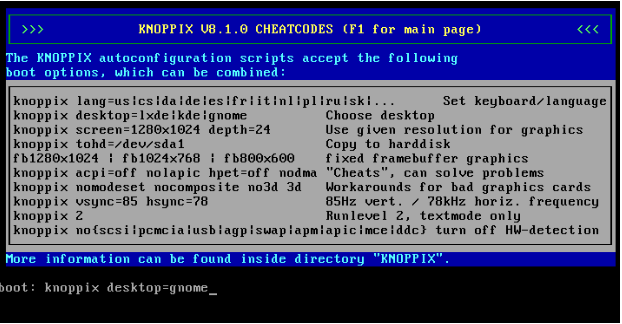NSLIG – October 2017

Back to Meeting Notes 2017
Notes from the October 2017 Meeting
The evening meeting opened with an informal discussion of Mobile phones available via the grey market and their suitability for use in Australia. The discussion partly related to the frequency bands supported by the phone, and broadened out to include other factors such as supported protocols.
The less technical among us struggled to find a way through the blizzard of terminology and acronyms. But the discussion was terminated by the start of the more formal sessions, starting with Linux News provided by Nick Vespo. Oddly, the news was all about Android, which has a loose association with Linux proper via the use of the Linux kernel.
One item related to open source software on Android. The “official” Android repository, Google Play, has a huge number of applications, and only a small proportion of these can properly be described as open source. This is true of applications for the latest Android release, Oreo (Android V8).
An incidental comment was that the Windows phone is “dead”. There will be no new releases of the Windows phone software, and even Bill Gates has chosen to use Android for his mobile phone(s).
Android Oreo has a number of enhancements that improve usability, including the ability to swipe in an upward direction from anywhere on the screen to show the apps. The installed apps can be organised via sub-menus, for example all office-related apps can be accessed via a single sub-menu.
Picture-in-picture allows a background program to operate and display its results while the user works with a completely different program in the foreground. So that – for instance – a video can play in the background while file editing happens in the foreground, and the video will be shown in a small sub-window.
Android Studio is available for Linux (and Windows) so that applications can be developed and tested before being ported to the Android platform. The Linux system must have Java installed for the Studio to operate.
There are open source programs/apps available for Android Oreo and a list of these can be found on Wikipedia. But there are many that are completely or partly closed source, and this was a source of concern for the meeting attendees.
Discussion of Android future and concerns about security and privacy flowed into the Open Forum session. A warning was issued about using app repositories other than Google Play. These “other” repositories may not have standards for security, and/or may not check the available apps for quality. Google is tightening its control over apps available from Google Play to improve security and quality; others are probably not doing anything similar.
After the social break, David Hatton presented the evening’s main session: Knoppix 8.1. For many of us, Knoppix was the first Linux system that we encountered. It has been around for a number of years as a live CD or – more recently – as a live DVD.
The CD version is over 600MB in size, and the DVD version (with many more applications) is close to the size of a full DVD (4.6GB). It is distributed as a .iso file. Booting from the optical material can be rather slow, so there is an option to store the .iso on hard disk. The initial start is via CD or DVD, and then the system switches to accessing the files on the hard disk, resulting in a substantial improvement in responsiveness.

The default Knoppix LXDE desktop
The standard desktop environment is LXDE, but many of the applications are from KDE. To try out a different desktop, you will need to reboot and choose the appropriate desktop option by typing (for example)
Knoppix desktop=gnome
at the boot: prompt

Using the desktop “cheat code” to boot the Knoppix gnome desktop
There is an emphasis on accessibility for the visually-impaired, at least in part because originator’s (Klaus Knopper) wife (Adriane) is visually impaired. There is even a special version of Knoppix named after her.
Programs shown included a utility program to compare text files to identify differences (Kompare), Homebank – a useful finance program, and a simple ebook reader which can “speak” the text.
While a user can set up a separate modifiable area for data when installing Knoppix on a hard drive or a USB disk, the system can not be easily updated. If you want to install on a USB disk or a hard disk, you are strongly urged to read the relevant sections of the Knoppix Wiki at
http://knoppix.net/wiki3
The session gave us a chance to review the latest iteration of a system that has been around for more than fifteen years, and is still as useful and relevant as ever.


